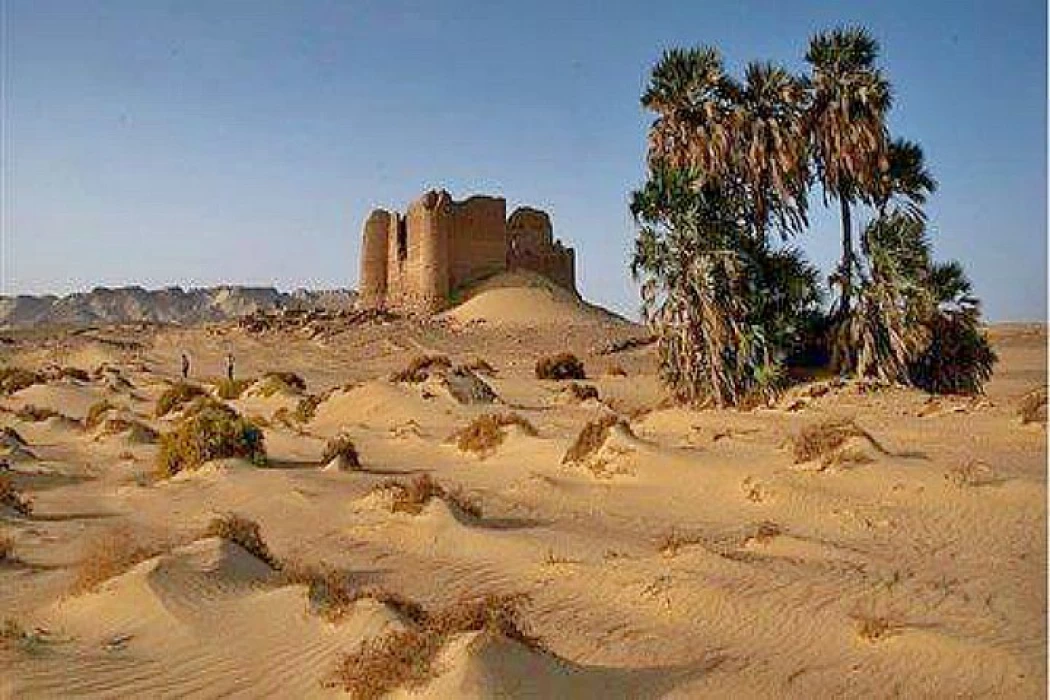
Qasr El Labkha in El Kharga Oasis
The Area's Most Stunning Complex Is Qasr El Labeka
The colossal monuments of Kharga Oasis hold significant value for the cultural legacy of Egypt's South Western Desert. These strewn locations on the oasis' floor are remnants of past civilizations. The El-Bagawat Cemetery and the temples of Hibis, EI-Nadura, EI-Ghueita, and El-Zayyan are among the sites that have been investigated. The current study discovered that these places are significantly impacted by natural disasters.
The first thing that will strike you about Qasr El Labeka is its remarkable appearance.
Situated on an escarpment, the castle towers above the former trade route. There's still a sense of overwhelming grandeur because most of the walls are intact.
There's still a lot of the stronghold left, and you can even see the old aqueduct system that carried water up from the river into the citadel. The majority of these aqueducts have not withstood the passage of time. Even if it's filled in with silt, this one is still tall enough to provide you a genuine look into ancient society.
You may also see the two standing temples that are next to Qasr El Labeka. These two temples' histories are yet unclear. There are also a few Greco-Roman graves on the property that are well worth examining, according to visitors.














